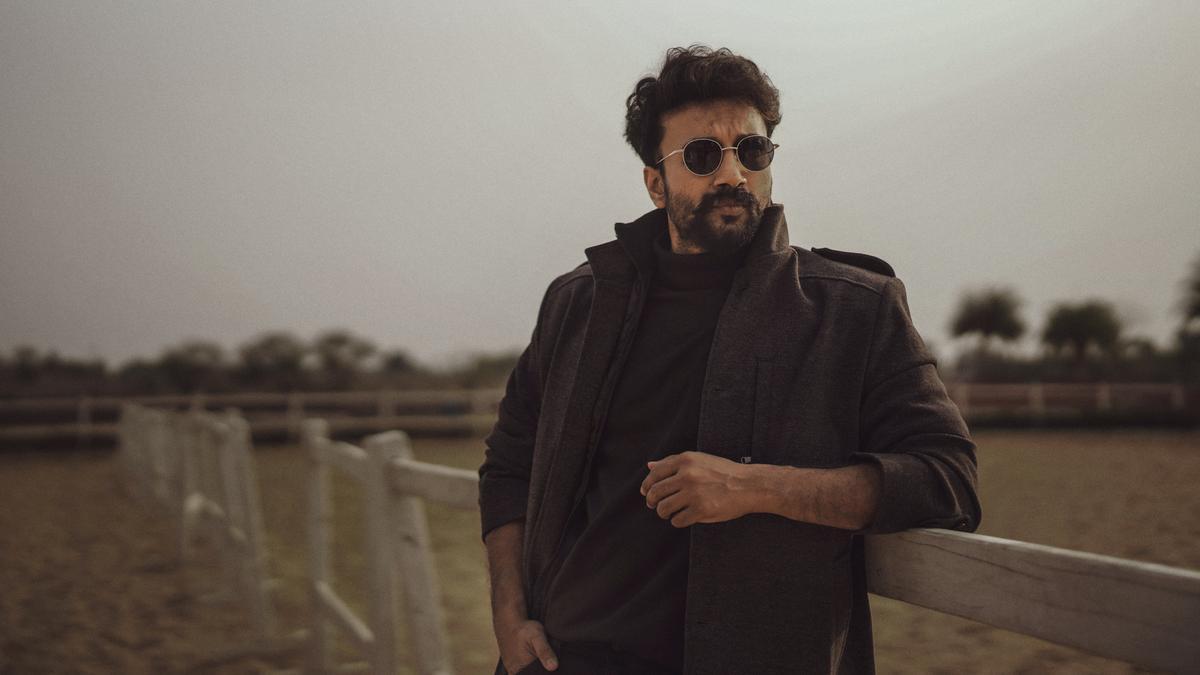
Renowned Japanese novelist Haruki Murakami has expressed his delight at how several of his short stories have been adapted in American director Pierre Földes’ animated film “Blind Willow, Sleeping Woman”. This adaptation, which incorporates a unique spin from the filmmaker, has generated much anticipation. Murakami even hinted at his interest in seeing further interpretations of his work, encouraging filmmakers to imprint their unique creative visions onto the adaptations.
Scheduled for its first release in Japan on July 26, 2022, the Japanese language version marks a significant milestone as it represents the inaugural animated adaptation of Murakami’s work. The announcement followed a special screening at Waseda University in Tokyo, Murakami’s alma mater. During the event on a Saturday evening, the audience also enjoyed an engaging talk session featuring both Murakami and Földes.
Murakami, who traditionally doesn’t favor animated films, shared his surprising enthusiasm for the project, revealing that he watched it twice despite his general disinterest in the genre. This adaptation weaves together six of Murakami’s short stories: “Super-Frog Saves Tokyo” and “U.F.O. in Kushiro” from the “After the Quake” collection, “Birthday Girl,” “Dabchick,” and “The Windup Bird and Tuesday’s Women.”
“Blind Willow, Sleeping Woman” is set in Tokyo in the aftermath of the March 2011 earthquake, tsunami, and the subsequent Fukushima meltdowns. It focuses on three main characters: Katagiri, a diligent yet lonely banker who teams up with a larger-than-life talking frog to save Tokyo from an impending second earthquake, Katagiri’s indifferent younger colleague, and his wife Kyoko, who, devastated and almost paralyzed by the television’s relentless earthquake coverage, eventually leaves him. Through a medley of memories and dreams, the three characters ultimately find solace and the strength to restart their lives.
In an exclusive moment captured for posterity, Murakami and Földes posed for photographs at the conclusion of the screening event. Such camaraderie between the acclaimed author and the filmmaker underlined the mutual respect and synergy evident in bringing Murakami’s imaginative world to animated life.
Murakami lauded the animated rendition of the character, a big, intelligent green Frog, which Földes voiced himself.
. “It captured exactly how I imagined,” said Murakami. Both during and after the talk, he articulated his aspirations for future adaptations of his works. “What I would like to see is not merely a film version of what I wrote but something added to it that evolves into something new,” Murakami articulated. A sentiment that was clearly echoed in Földes’ approach to the project.
Földes, discussing his philosophy on adaptations, emphasized, “My approach is to be faithful to my interpretation of things, to my inspiration.” This resonated with Murakami, whose stories provided fertile ground for artistic reinterpretation. The filmmaker explained how he selected stories that he genuinely loved, allowing them to organically blend and interconnect. “Little by little, all these links appeared,” Földes told Murakami, “enabling me to combine all your stories into one larger narrative, interwoven with other stories.”
Murakami’s works have long been a source of inspiration, resulting in several award-winning cinematic interpretations. Notably, Japanese director Ryusuke Hamaguchi’s 2021 “Drive My Car” and South Korean director Lee Chang-dong’s 2018 thriller “Burning” drew profound acclaim. Murakami highlighted these films, alongside Földes’ animated feature, as exemplars of how directors’ creativity can augment his literary creations, enhancing the storytelling process.
“Turning short stories into films necessitates directors’ creativity to incorporate their own elements, often producing intriguing results,” Murakami remarked, contrasting it with the adaptation of full-length novels, which might demand significant condensation for a two-hour film format.
Interestingly, Murakami also suggested that his non-fiction work “Underground,” based on interviews with survivors of the 1995 terrorist gas attack on the Tokyo subway system, would make a compelling film. As discussions advanced, ideas about future adaptations indicated Murakami’s openness to diverse storytelling formats.
“Blind Willow, Sleeping Woman” has already garnered critical recognition, receiving a nomination for best animated film at the 2024 Lumieres Awards. This adaptation stands as a testament to the enduring appeal and adaptability of Murakami’s work, breaking new ground in both literature and animation, and setting the stage for potentially more animated interpretations of his captivating stories.










